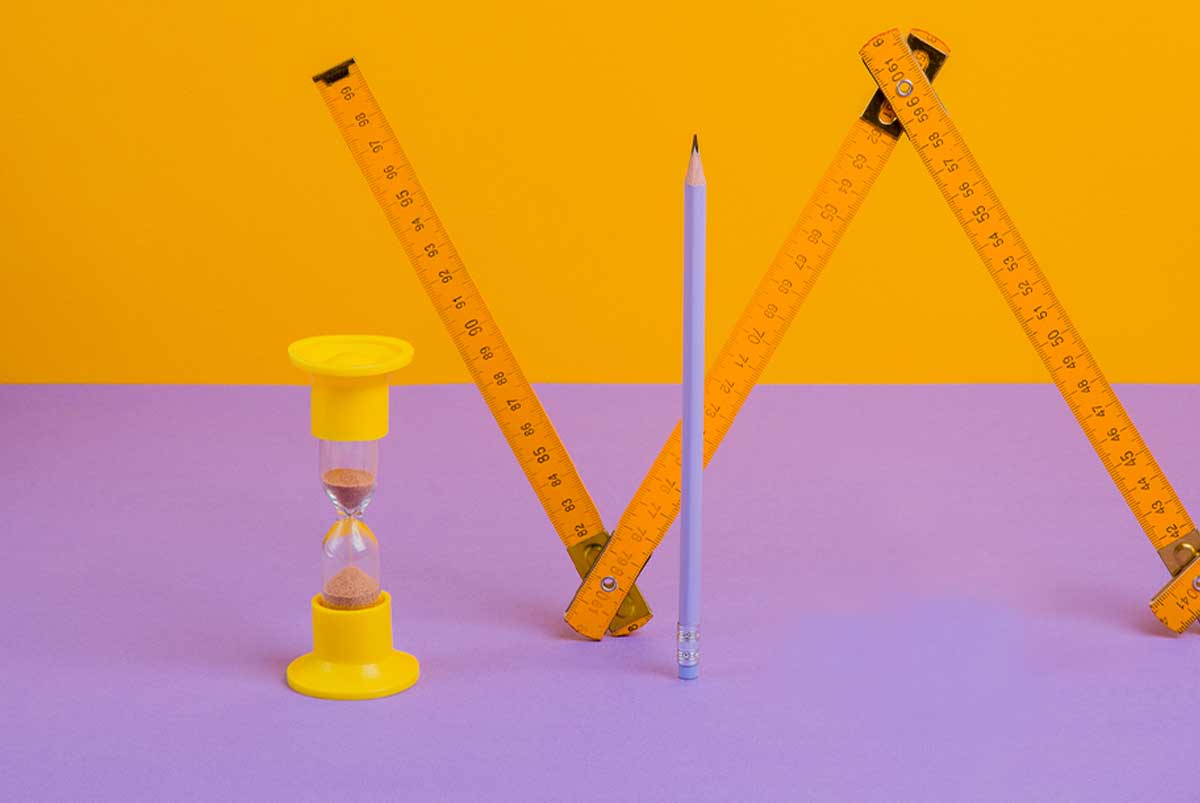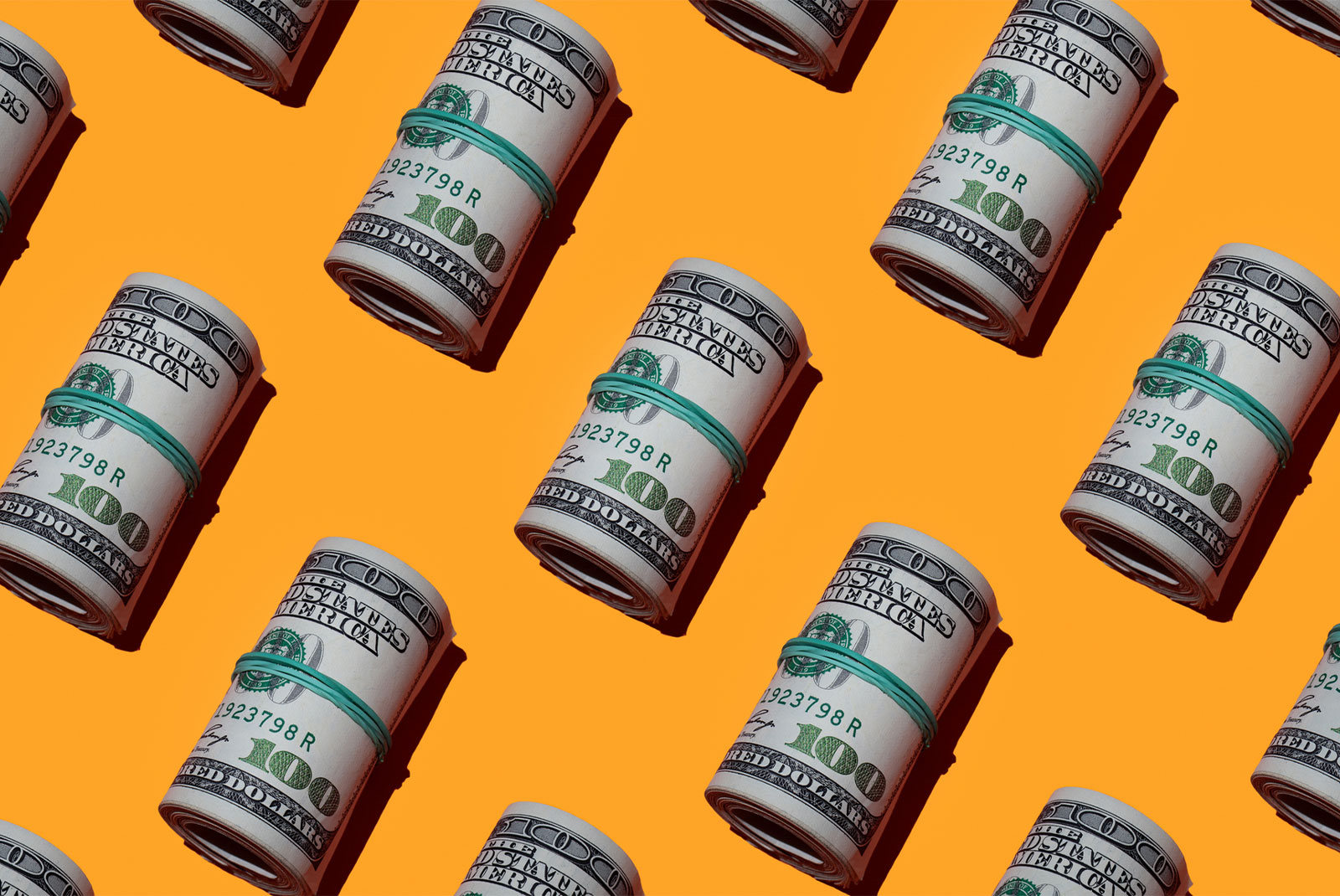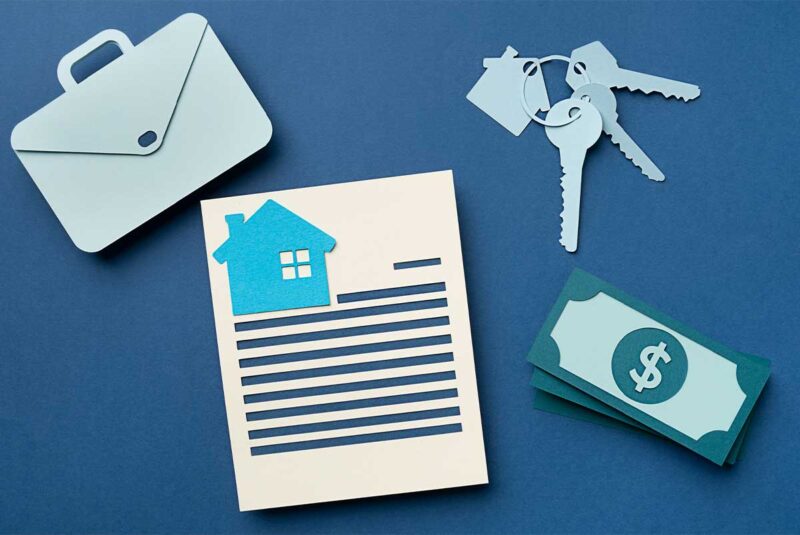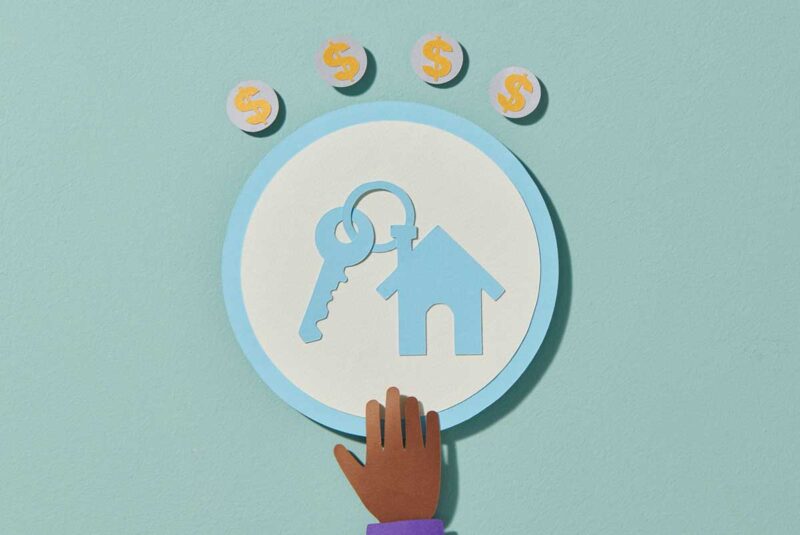Ready To Buy a Home?
Get Approved to Buy a Home
Rocket Mortgage® lets you get to house hunting sooner.
In the market for a mortgage? The most common mortgage type and length (aka term) you’ll find as you shop around is the 30-year fixed-rate mortgage.
Even though the 30-year fixed-rate mortgage is the most popular loan out there, most homeowners don’t stay in their homes until the mortgage is paid off. When a homeowner moves, they sell their home and use the proceeds to pay off the rest of the mortgage.
Since 2008, most homeowners moved within 9 – 10 years of buying their homes. In 2021, they moved after about 8 years.[1]
So, why get a 30-year mortgage if you aren’t going to stay in your home for 30 years?
Like so many things, conventional wisdom around 30-year mortgages has been changing. People are buying homes later in life, moving more and buying homes to help care for aging parents and family members.
For these reasons (and more) home buyers and lenders are exploring different options around the length of mortgages. Which length is right for you? Read on to learn more about mortgage term lengths and how you can make them work to your advantage.
Is the Average Term Length Right for Me?
The most common mortgage length is a 30-year or 15-year term but there are 10-, 20- and 25-year options.
As a rule, shorter loan terms come with higher monthly mortgage payments because you’re spreading your payments out over a shorter length of time. But shorter loan terms also come with lower interest rates. That means you pay less in interest over the life of the loan.
A 30-year mortgage term
The 30-year mortgage is the most popular mortgage offered in the U.S. because it spreads payments out over 30 years, making it more affordable, but you pay more in interest over time.
A 15-year mortgage term
With a 15-year mortgage, you make a higher monthly mortgage payment, but you pay less in interest and build equity (the percentage of the home you own) a lot faster.
The lower interest rates on 15-year mortgages (as compared to 30-year mortgages) can offset the higher monthly mortgage payments because you pay less for the home over time.
Calculate your mortgage
Take full advantage of our mortgage calculator to figure out how much your 10- to 30-year mortgage will cost you. But, before you enter your numbers, keep in mind that your mortgage payment is made up of more than principal and interest.
You’ll also need to plug in your estimated property taxes, homeowners insurance and, in some cases, homeowners association (HOA) or condo association fees to figure out your monthly mortgage payment.
If you make a down payment that’s less than 20%, you’ll need to add mortgage insurance to your monthly mortgage payment. With a conventional loan, private mortgage insurance (PMI) will range from $30 – $70 a month for every $100,000 you borrow.[2]
These estimates will give you better insight into the potential monthly cost of a mortgage.
What Are Your Mortgage Term Options?
Many lenders offer terms in 5-year increments that range from 10 – 30 years. The monthly mortgage payment and the interest you pay on the loan will largely depend on which mortgage term you choose. Let’s see what this might look like IRL.
A borrower we’ll call Sam has taken out a $300,000 mortgage loan at a 4% interest rate. Check out what Sam’s monthly payments will look like with different loan terms.
| Mortgage Term | Monthly Payment | Total Interest Paid |
| 30 years | $1,432 | $215,609 |
| 25 years | $1,584 | $175,053 |
| 20 years | $1,818 | $136,306 |
| 15 years | $2,219 | $99,431 |
| 10 years | $3,037 | $64,482 |
Fixed-rate mortgage vs. adjustable-rate mortgage
All of the numbers in the table are based on fixed-rate mortgages. Fixed-rate mortgages are “fixed” because the interest on the mortgage never changes.
Adjustable-rate mortgages (ARMs) have low fixed interest rates during the introductory phase.
(Sidebar: If you want an interest rate that’s lower than a fixed-rate mortgage’s interest rate, consider applying for an ARM.)
Once the introductory rate period ends, the interest rate will adjust every year. If you’re a budget-conscious borrower who craves predictable monthly payments, keep in mind that the interest rate on an ARM can increase or decrease by 2% – 5% with each adjustment.[3]
ARMs are a great option for those planning to live in a home for only a few years. This allows the homeowner to have the lowest interest rate possible until the point of selling.
Extra payments
Not sure you’ll be able to afford the higher payments that come with a shorter mortgage term, but you want to pay down your loan a little faster? Pay a little extra toward your mortgage principal every month or make an additional payment once a year.
Even a little extra cash applied to the loan’s principal can shave years and thousands of dollars in interest off your mortgage loan.
How Do I Pick a Mortgage Term?
There is no universal answer to the question of which mortgage term is right for you. But there are questions you can ask yourself before you make a final decision.
How much of your income can you put toward your mortgage?
Ideally, your mortgage payment shouldn’t exceed 28% of your gross monthly income.[4]
Let’s say you’re considering a 30-year mortgage. You crunch the numbers and discover that 28% of your monthly income will cover your monthly mortgage payment with a couple of hundred dollars or more to spare.
If you have money to spare and don’t have too much high-interest debt (like credit cards), you may want to take advantage of a shorter 20-year or 15-year mortgage.
If not, stick with the lower monthly mortgage payments of longer-term loans. You can always make extra payments or refinance your mortgage when you have extra cash.
What are your other financial goals and challenges?
If you’ve got lots of debt, like student loans, auto loans or credit cards, you should focus on paying those off. Getting a longer mortgage with a lower monthly payment can help free up cash you can use to pay off your debts.
If you’re relatively debt-free and have extra, disposable cash, making higher monthly payments with a shorter mortgage term can help you build home equity faster, and it’ll save you money on mortgage interest.
How much can you pay upfront?
If you make a down payment of 20% or less, you’ll pay mortgage insurance every month until you have a loan-to-value (LTV) ratio (the amount you owe divided by the appraised value of your home) of 80% or less.
Most mortgages come with closing costs. The costs are usually around 4% – 6% of the loan. If you can’t afford to pay your closing costs at closing, some lenders will let you fold the costs into your mortgage. That helps lower your upfront costs, but it also increases the total cost of the loan.
Where do you see yourself in 5 – 10 years?
The longer your loan term, the more you’ll pay in interest at the beginning of your mortgage term, and the less home you’ll own. Remember Sam? Sam got that $300,000 mortgage at a 4% interest rate. Let’s see how much of Sam’s principal balance will be paid off after 5 years and 10 years.
| Mortgage Term Length | Principal Paid After 5 Years | Principal Paid After 10 Years |
| 30 years | $28,657 | $63,648 |
| 25 years | $38,686 | $85,922 |
| 20 years | $54,229 | $120,422 |
| 15 years | $80, 823 | $179,507 |
| 10 years | $135,074 | $300,000 |
If you want to pay down your mortgage faster so you can earn more when you sell your home in 5 – 10 years, a shorter mortgage term can help you build more equity. Equity is money that comes back to you when you sell your home.
With Mortgage Terms, Timing Is Everything
You have a lot of options when it comes to selecting a mortgage loan term. Knowing what length of loan is right for you will come down to taking an honest look at your financial situation – and goals.
So, what term is right for you? It’s the term that strikes the right balance between affordability and your plans for the home (think: keep it, sell it or refinance it).
Get approved to buy a home.
Rocket Mortgage® lets you get to house hunting sooner.
The Short Version
- The most common mortgage length is a 30-year or 15-year term but there are 10-, 20- and 25-year options
- Most borrowers with a 30-year mortgage term move within 10 – 15 years
- The 30-year mortgage is the most popular mortgage in the U.S. because it spreads payments out over 30 years, making it more affordable, but you pay more in interest over time
National Association of REALTORS®. “40th Anniversary Top 10 Highlights: Profile of Home Buyers and Sellers.” Retrieved January 2022 from https://www.nar.realtor/blogs/economists-outlook/40th-anniversary-top-10-highlights-profile-of-home-buyers-and-sellers
Freddie Mac. “Pricing Out PMI – My Home.” Retrieved January 2022 from https://myhome.freddiemac.com/blog/homeownership/20190913-private-mortgage-insurance
Consumer Financial Protection Bureau. “With an adjustable-rate mortgage (ARM), what are rate caps and how do they work?” Retrieved January 2022 from https://www.consumerfinance.gov/ask-cfpb/with-an-adjustable-rate-mortgage-arm-what-are-rate-caps-and-how-do-they-work-en-1951/
Consumer Financial Protection Bureau. “Your home loan toolkit.” Retrieved January 2022 from https://files.consumerfinance.gov/f/201503_cfpb_your-home-loan-toolkit-web.pdf




